From Insight to Impact: Unleashing the Potential of Revenue Growth Management in CPG Industry
- 1 Revenue Growth Management Defined
- 2 Common Challenges in Revenue Growth Management (RGM)
- 2.1 Rise in direct-to-consumer (DTC) e-commerce:
- 2.2 Lack of data granularity :
- 2.3 Siloed customer planning:
- 2.4 Disruptions in the supply chain:
- 2.5 New entrants and competition:
- 3 How a Strategic Revenue Growth Management in CPG Brings Value to Businesses
- 3.1 Pricing
- 3.2 Promotions
- 3.3 Trade Investment
- 3.4 Assortment & Distribution
- 4 Final Thoughts
CPG companies are undergoing significant changes in various aspects to meet the constantly evolving demands of consumers, adapt to new supply chain practices, and face rising competition from new players in the market.
According to a survey by Boston Consulting Group (BCG), which involved global business leaders whose companies have transformed in the past five years, 95 percent of these transformations utilized one or more revenue growth drivers. Moreover, in 77% of transformation cases, revenue growth drivers significantly contributed to achieving at least 50% of the financial impact, with other factors accounting for the remaining impact.
Amidst global economic downturns, industry disruptions, and unforeseen events like pandemics, the significance of revenue growth in transformations cannot be overstated.
This article will explore the modern Revenue Growth Management landscape and analyze how effective RGM transformations can bring value to CPG businesses.
Revenue Growth Management Defined
Revenue growth management (RGM) refers to the increase in revenue achieved through the availability of suitable brand, packaging, and brand-pack combinations for the appropriate consumer at the correct price and time.
In the current scenario, RGM strategies have tended to be reactive and tactical, involving adapting prices according to consumer price sensitivity, directing trade investments towards higher-growth product categories, or providing discounts on brands for special events.
However, RGM encounters specific challenges that require it to be an integral component of CPGs’ commercial strategies rather than being employed solely as a facilitator.
Common Challenges in Revenue Growth Management (RGM)
Rise in direct-to-consumer (DTC) e-commerce:
The direct-to-consumer (DTC) e-commerce trend is on the rise, which poses a significant challenge in price management. McKinsey & Company conducted a study indicating that even after the COVID-19 pandemic subsides, US consumers are projected to allocate a substantial portion of their expenditures online persistently. For instance, 43 percent of consumers said they intend to purchase at least some groceries online post-pandemic.
Following the COVID-19 outbreak, the study found that there has been a 20-40 percent increase in the inclination to shop online across all categories. For CPGs, this ecommerce shift implies a departure from traditional pricing, marketing, and assortment strategies, as it involves less foot traffic to brick-and-mortar stores.
Lack of data granularity :
Depending entirely on historical consumer data, it is lean and offers a patchy view of customers’ past behavior. Purchasing patterns and consumer behavior have experienced enormous changes with the generation of modern retail channels.
So, having a robust revenue growth solution that can transform CPG brands and allow them to become data-driven is significant.
Siloed customer planning:
The planning of individual customer account teams is still done in isolation, leading to conflicts and mismanagement. Moreover, inconsistencies between field and back-office staff who use different revenue growth management platforms hinder the trade planning process. Additionally, some teams continue to rely on manual processes, which are inefficient in meeting deadlines, ensuring accuracy, and achieving effectiveness. In contrast, revenue growth consulting based on data analytics can aid CPG teams in developing comprehensive enterprise-wide customer planning strategies.
Disruptions in the supply chain:
The geo-political conflicts and the pandemic outbreak have presented unique challenges, including surges in demand for specific brands. According to McKinsey & Company’s second study, wages and labor costs in manufacturing rose significantly in 2020, ranging from 5 to 20 percent due to pay and overtime increases caused by the pandemic. These costs are projected to remain high in 2021 and beyond. Similarly, warehousing expenses have also increased due to higher labor costs, which are anticipated to continue to be elevated.
New entrants and competition:
The appealing pricing strategies in this digital era have increased progressively among established players. Moreover, the markets are disrupted at the global consumer level for specific brands.
Therefore, these challenges have compelled CPGs and retailers to reconsider category consumption, brand preference, channel selection, shopper frequency, and media engagement. By partnering with a reputable provider of revenue growth solutions such as Polestar Solution, CPG companies can address these issues across the RGM spectrum and reduce overall enterprise risk.
How a Strategic Revenue Growth Management in CPG Brings Value to Businesses
Pricing
The top factor that drives purchasing decisions is pricing. According to a market study conducted in the US, approximately 72% of consumers [1] are highly concerned about the economic situation. As consumer worries about inflation continue to rise, CPG companies must develop intelligent pricing strategies.
Through an RGM transformation, CPG firms can analyze factors such as price sensitivities and elasticities, market volatility, competitor prices, and more to make well-informed decisions. By examining these factors and generating valuable insights, CPG companies can establish a dynamic pricing model and determine the optimal price point for their products or services.
Promotions
Promotional strategies are crucial for success in the CPG industry, but industry reports show that over 72% of promotional efforts fail to achieve the intended results. Furthermore, more than 80% of CPG brands fail with on-shelf promotions. CPG companies face significant challenges with the rise of the direct-to-customer (DTC) model and the need for omnichannel promotional strategies.
However, an RGM transformation can address these issues. By leveraging CPG analytics services, RGM can assist brands in creating personalized promotional campaigns with better customer segmentation to generate positive revenue streams, penetrate new markets, increase topline growth, and attract new customers.
Trade Investment
Trade investment is a critical driver of growth in the CPG industry, targeting vendors rather than end consumers ttoplinease market share, brand awareness, and profitability. However, many companies struggle to effectively execute their trade investment strategies and end up losing out on potential revenue.
Industry research shows that historical slippage rates for trade investment range from 4% to 5%, negatively impacting ROI. Through an effective RGM transformation, companies can overcome these obstacles. By leveraging CPG data analytics solutions, manufacturers can better plan their promotional investments for consumers and vendors, establish clear KPIs for vendors, and more.
Assortment & Distribution
Assortment optimization and distribution planning are critical components that drive product sales and enhance customer experience in the CPG industry. While a CPG company may have a vast assortment, only the right products matter for the retailer who allocates shelf space. As a result, creating the appropriate merchandising mix and distributing it to retailers and customers is a significant challenge for CPG companies.
By leveraging CPG data analytics solutions through RGM transformation, SKU rationalization can be utilized to identify and eliminate underperforming products from the portfolio. Fine-tuning the assortment enables CPG companies to distribute the appropriate product mix to the customers on the right shelves and in the proper markets, thereby increasing revenue margins, establishing brand loyalty, and fostering a positive relationship with the retailer.
Final Thoughts
CPG brands can gain a competitive advantage by adopting RGM strategies powered by CPG analytics solutions. With the ability to exceed personalized consumer expectations, create lasting differentiation, and transform the customer path-to-purchase, now is the time for brands to embrace this approach and thrive in the future. To successfully implement an RGM strategy, it is crucial to identify your organization’s strengths and growth opportunities.
Our team of CPG data analytics consultants can help your organization become data-driven, enabling you to make strategic decisions that drive top-line growth across pricing, channel coherence, trade promotions management, and product assortment. Contact us today to learn how we can help your business succeed in the rapidly changing CPG landscape.

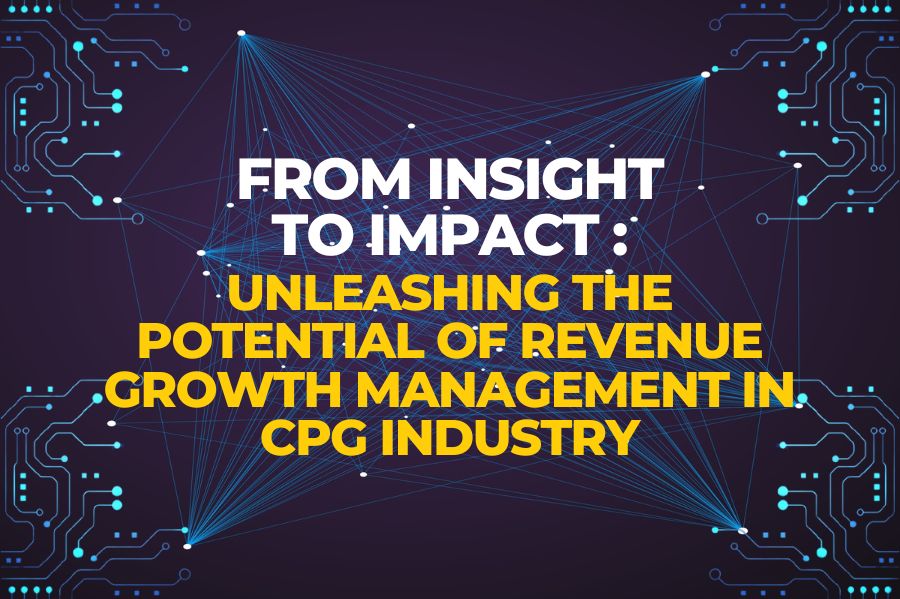
![CPG companies are currently undergoing significant changes in various aspects to meet the constantly evolving demands of consumers, adapt to new supply chain practices, and face rising competition from new players in the market. According to a survey by Boston Consulting Group (BCG), which involved global business leaders whose companies have undergone transformations in the past five years, 95 percent of these transformations utilized one or more revenue growth drivers. Moreover, in 77% of transformation cases, revenue growth drivers were found to be a significant contributor to achieving at least 50% of the financial impact, with other factors accounting for the remaining impact. Amidst global economic downturns, industry disruptions, and unforeseen events like pandemics, the significance of revenue growth in transformations cannot be overstated. Through this article, we’ll explore the modern Revenue Growth Management landscape and analyze how effective RGM transformations can bring value to CPG businesses. Revenue Growth Management Defined The concept of revenue growth management (RGM) refers to the increase in revenue achieved through the availability of suitable brand, packaging, and brand-pack combinations for the appropriate consumer, at the correct price and time. In the current scenario, RGM strategies have tended to be reactive and tactical, involving actions such as adapting prices according to consumer price sensitivity, directing trade investments towards higher-growth product categories, or providing discounts on brands for special events. However, RGM encounters specific challenges that require it to be an integral component of CPGs’ commercial strategies, rather than being employed solely as a facilitator. Common Challenges in Revenue Growth Management (RGM) Rise in direct-to-consumer (DTC) e-commerce: The direct-to-consumer (DTC) e-commerce trend is on the rise, which poses a significant challenge in terms of price management. McKinsey & Company conducted a study indicating that even after the COVID-19 pandemic subsides, US consumers are projected to persistently allocate a significant portion of their expenditures online. For instance, 43 percent of consumers stated that they intend to purchase at least some of their groceries online in the post-pandemic period. Following the COVID-19 outbreak, the study found that across all categories, there has been a 20-40 percent increase in the inclination to shop online. For CPGs, this ecommerce shift implies a departure from traditional pricing, marketing, and assortment strategies, as it involves less foot traffic to brick-and-mortar stores. Lack of data granularity : Depending completely on historical consumer data is lean and offers patchy view of customers past behavior. Purchasing patterns and consumer behavior have experienced enormous changes with the generation of modern retail channels. Source: McKinsey So, it is significant to have a robust revenue growth solution in place that can transform CPG brands and allow them to become data-driven. Siloed customer planning: The planning of individual customer account teams is still done in isolation, leading to conflicts and mismanagement. Moreover, the trade planning process is hindered by inconsistencies between field and back-office staff who use different revenue growth management platforms. Additionally, some teams continue to rely on manual processes, which are inefficient in terms of meeting deadlines, ensuring accuracy, and achieving effectiveness. In contrast, revenue growth consulting based on data analytics can aid CPG teams in developing comprehensive enterprise-wide customer planning strategies. Disruptions in supply chain: The geo-political conflicts and the pandemic outbreak has presented unique challenges, including surges in demand for specific brands. According to McKinsey & Company's second study, wages and labor costs in manufacturing rose significantly in 2020, ranging from 5 to 20 percent due to pay and overtime increases caused by the pandemic. These costs are projected to remain high in 2021 and beyond. Similarly, warehousing expenses have also increased due to higher labor costs, and these costs are anticipated to continue to be elevated in the future. New entrants and competition: The appealing pricing strategies in this digital era have led to a progressive increase among established players. Moreover, the markets are disrupted at the global consumer level for specific brands. Therefore, these typical challenges have compelled CPGs and retailers to reconsider category consumption, brand preference, channel selection, shopper frequency, and media engagement. By partnering with a reputable provider of revenue growth solutions such as Polestar Solution, CPG companies can address these issues across the RGM spectrum and reduce overall enterprise risk. How a Strategic Revenue Growth Management in CPG Brings value to Businesses Pricing The top factor that drives purchasing decisions is pricing. According to a market study conducted in the US, approximately 72% of consumers [1] are highly concerned about the economic situation. As consumer worries about inflation continue to rise, it is crucial for CPG companies to develop intelligent pricing strategies. Through an RGM transformation, CPG firms can analyze various factors such as price sensitivities and elasticities, market volatility, competitor prices, and more to make well-informed decisions. By examining these factors and generating valuable insights, CPG companies can establish a dynamic pricing model and determine the optimal price point for their products or services. Promotions Promotional strategies are crucial for success in the CPG industry, but industry reports show that over 72% of promotional efforts fail to achieve the intended results. Furthermore, more than 80% of CPG brands fail with on-shelf promotions. With the rise of the direct-to-customer (DTC) model and the need for omnichannel promotional strategies, CPG companies face significant challenges. However, an RGM transformation can address these issues. By leveraging CPG analytics services, RGM can assist brands in creating personalized promotional campaigns with better customer segmentation to generate positive revenue streams, penetrate new markets, increase topline growth, and attract new customers. Trade Investment Trade investment is a critical driver of growth in the CPG industry, targeting vendors rather than end consumers to increase market share, brand awareness, and profitability. However, many companies struggle to effectively execute their trade investment strategies and end up losing out on potential revenue. Industry research shows that historical slippage rates for trade investment range from 4% to 5%, negatively impacting ROI. Through an effective RGM transformation, companies can overcome these obstacles. By leveraging CPG data analytics solutions, manufacturers can better plan their promotional investments for both consumers and vendors, establish clear KPIs for vendors, and more. Assortment & Distribution Assortment optimization and distribution planning are critical components that drive product sales and enhance customer experience in the CPG industry. While a CPG company may have a vast assortment, for the retailer who allocates shelf space, only the right products matter. As a result, creating the appropriate merchandising mix and distributing it to retailers and customers is a major challenge for CPG companies. By leveraging CPG data analytics solutions through RGM transformation, SKU rationalization can be utilized to identify and eliminate underperforming products from the portfolio. Fine-tuning the assortment enables CPG companies to distribute the appropriate product mix to the customers on the right shelves and in the appropriate markets, thereby increasing revenue margins, establishing brand loyalty, and fostering a positive relationship with the retailer. Final Thoughts CPG brands can gain a competitive advantage by adopting RGM strategies powered by CPG analytics solutions. With the ability to exceed personalized consumer expectations, create lasting differentiation, and transform the customer path-to-purchase, now is the time for brands to embrace this approach and thrive in the future. To successfully implement an RGM strategy, it is crucial to identify your organization's strengths and growth opportunities. Our team of CPG data analytics consultants can help your organization become data-driven, enabling you to make strategic decisions that drive top-line growth across pricing, channel coherence, trade promotions management, and product assortment. Contact us today to learn how we can help your business succeed in the ever-changing CPG landscape.](https://techbehindit.com/wp-content/uploads/2023/05/Average-gross-profit-uplift-RGM-Levers-infographic-image-source-bain-and-company.jpg)
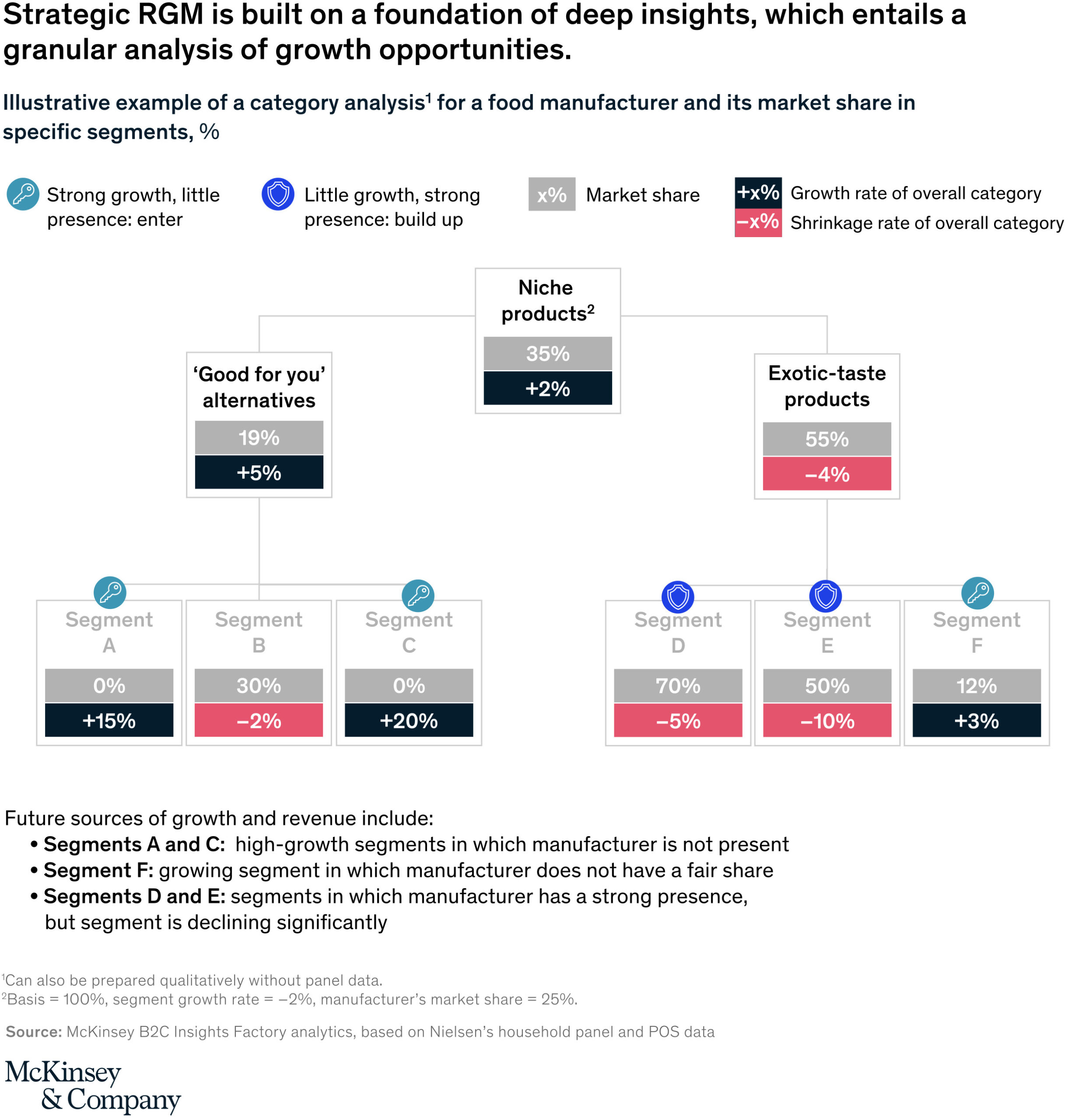
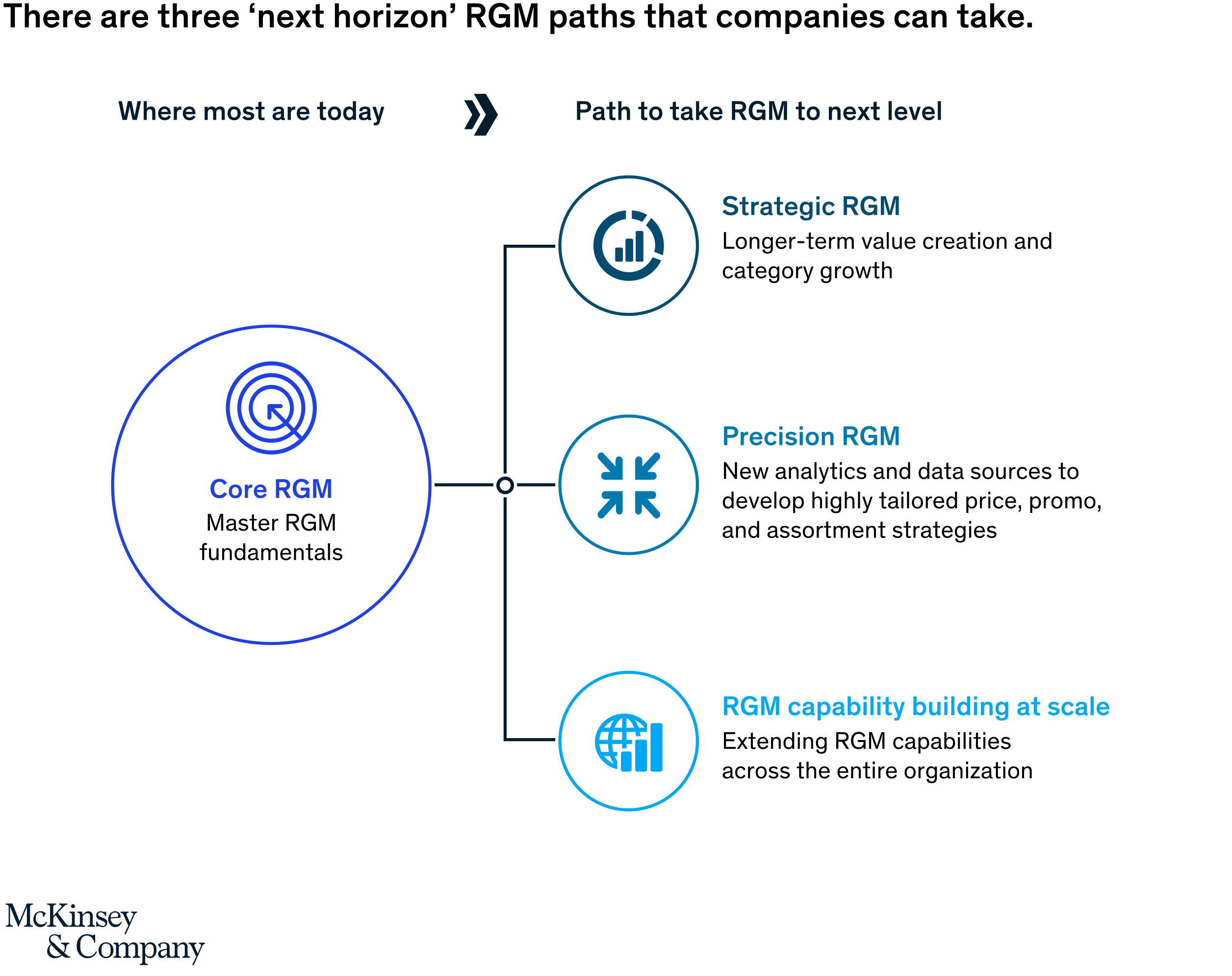
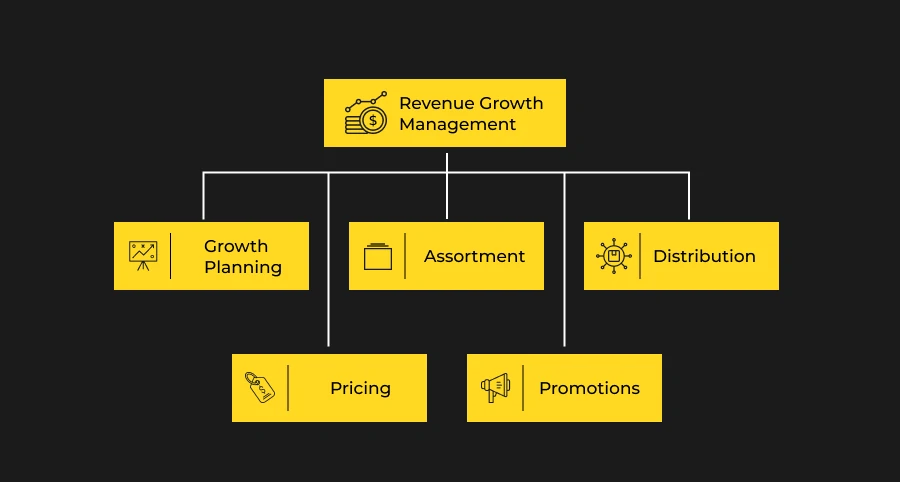
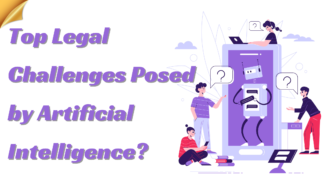

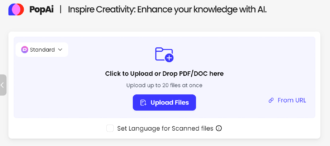









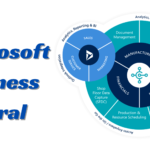



great put up, very informative. I’m wondering why the opposite specialists of this
sector don’t notice this. You should proceed your writing.
I’m confident, you have a huge readers’ base already!